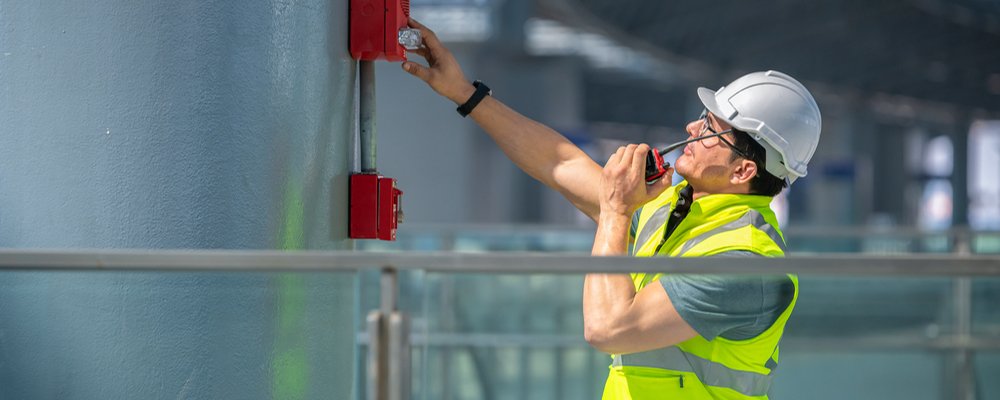First, we will look at how fires are caused and what they need. Knowing this helps with prevention. It is also important information for stopping a fire from spreading and continuing to burn.
There are particular danger signs you can look out for on all electrical items.
For plugs and sockets, flip the pictures below:
Badly wired plugs – any colour wires sticking out could come loose and debris could also get into the plug.
Overloaded sockets – plugging too many electrical appliances into one socket can lead to overheating.
Hot plugs or sockets, scorch marks, fuses that blow or flickering lights. These are all signs of possible loose wiring or other electrical problems.
If people smoke, it is VITAL they are ALWAYS CAREFUL about how they extinguish and dispose of cigarettes, pipe contents and matches.
It is the same whether they are indoors or outside, especially during the hotter summer days.
If there is rubbish, paper and other combustible materials, there is a greater risk of fire, especially where there are large quantities.
These can be in store cupboards, corridors or walkways and anywhere else where items are left to accumulate.
All heaters and fires are potential fire hazards.
Electric heaters can also be electric shock hazards if not used properly.
Around half of home fires are caused by cooking accidents.
Fire can have a number of devastating effects physically, emotionally, financially and materially.
Burns and scalds are damage to the skin usually caused by heat.
A burn is caused by dry heat, for example, by fire, intense heat, electricity, light, radiation or friction. A scald is caused by something wet, such as hot water or steam. Both burns and scalds are treated in the same way.
Smoke inhalation occurs when you breathe in the products of combustion (burning) during a fire.
The smoke is a mixture of heated particles and gasses and when inhaled can damage the body by simple asphyxiation.
Larger exposures can lead to significant toxicity of the central nervous system and heart and even death.
The most important thing to know is that a fire cannot start or continue if one of these elements is missing.
All workplaces will have their own specific procedures you will need to follow in the event of a fire emergency.
You must make sure that you are aware of and understand these procedures. Different procedures will be in place for each place you work, including if you work in people’s homes.
The risk assessment should identify what could cause a fire to start and the people who may be at risk. Once the risks are identified, you can take precautions to prevent fire.
images.png
RA course.png
If you are in any doubt, GET OUT and STAY OUT and leave it to the professionals.
Using the wrong type of fire extinguisher can make the situation worse.
DO NOT attempt to use a fire extinguisher unless you know what to do.
Your first priority is ALWAYS your own safety!
Fire blankets are useful safety devices made of non-flammable materials.
Knowing the classes will help you to identify the type of fire and type of extinguisher that needs to be used. Even if you don’t attempt to put the fire out, the information will be useful for the Fire Service when they tackle the fire.
You must be are aware of what to do if a fire should occur within your own workplace.
This includes when you are travelling and visiting other locations, including people’s homes. It is part of the Health and Safety at Work Act and a legal requirement for you to work safely.
It is also recommended that you have this awareness when you are in shops and other public buildings, including outside of working hours.





